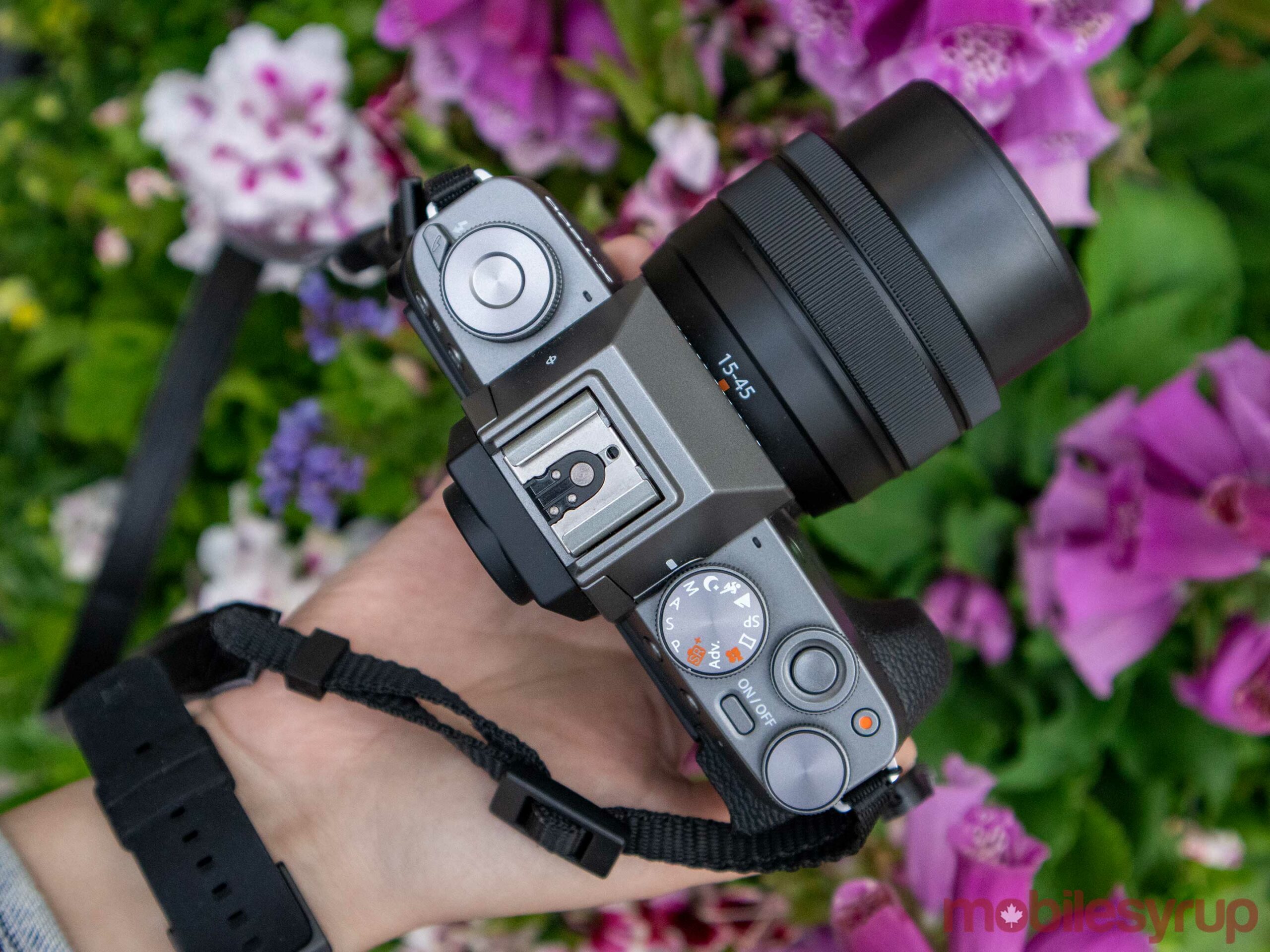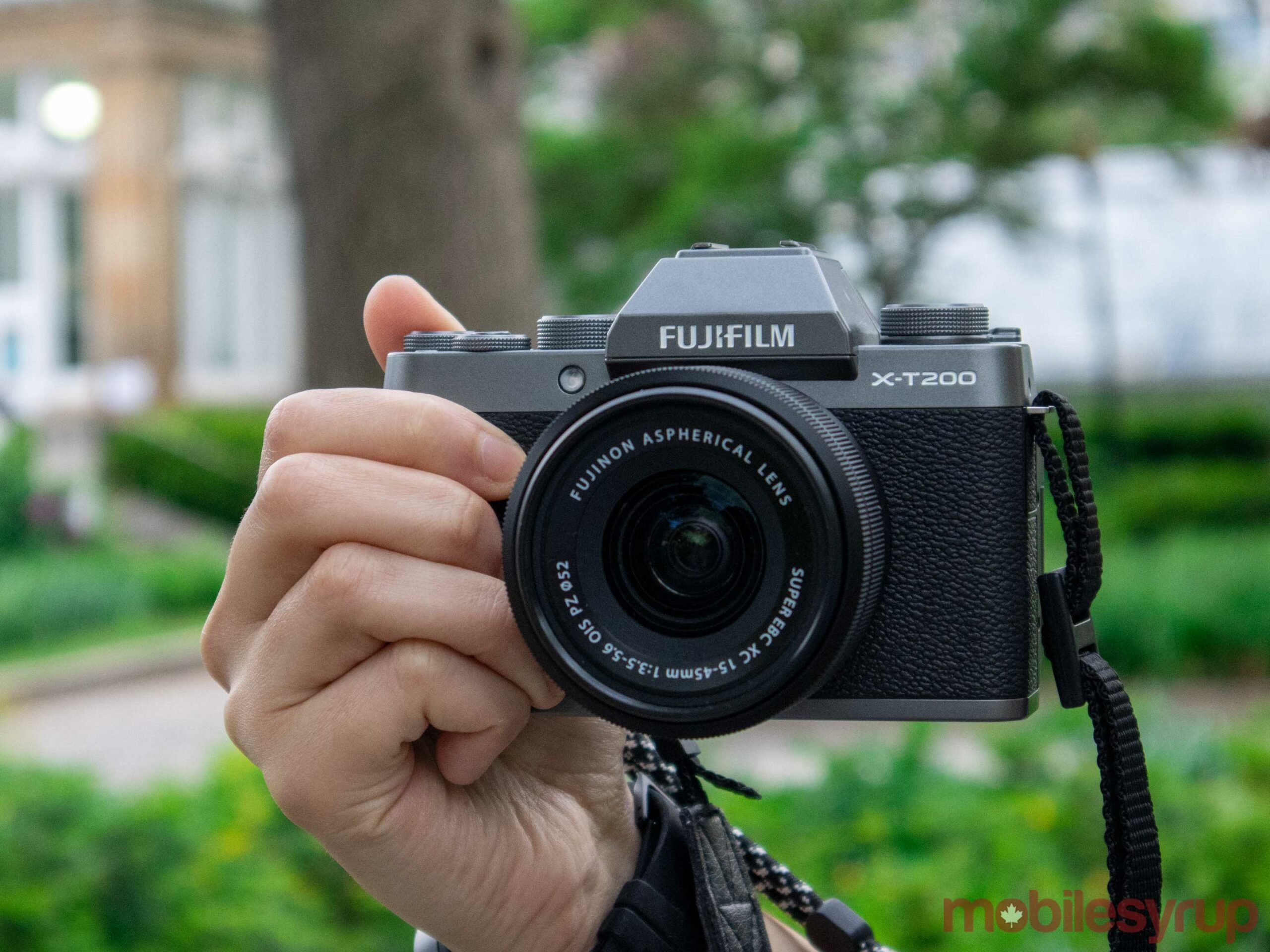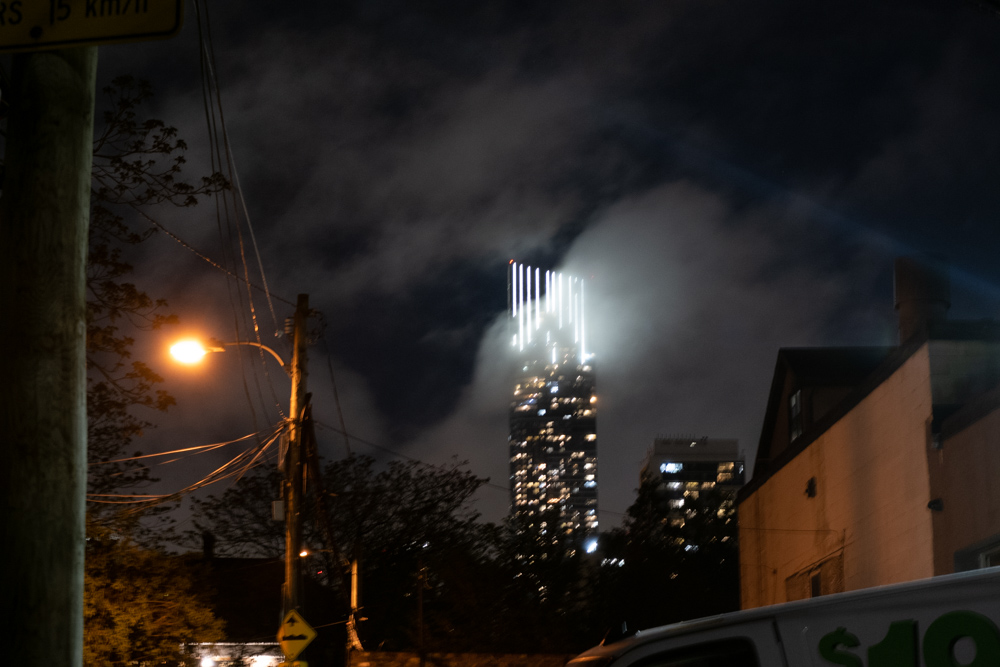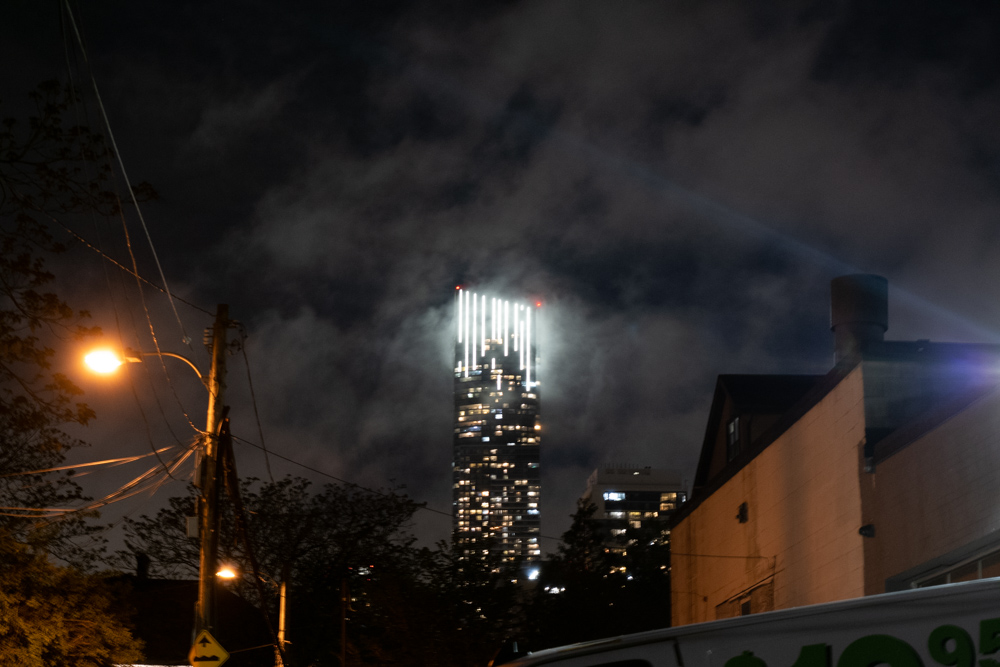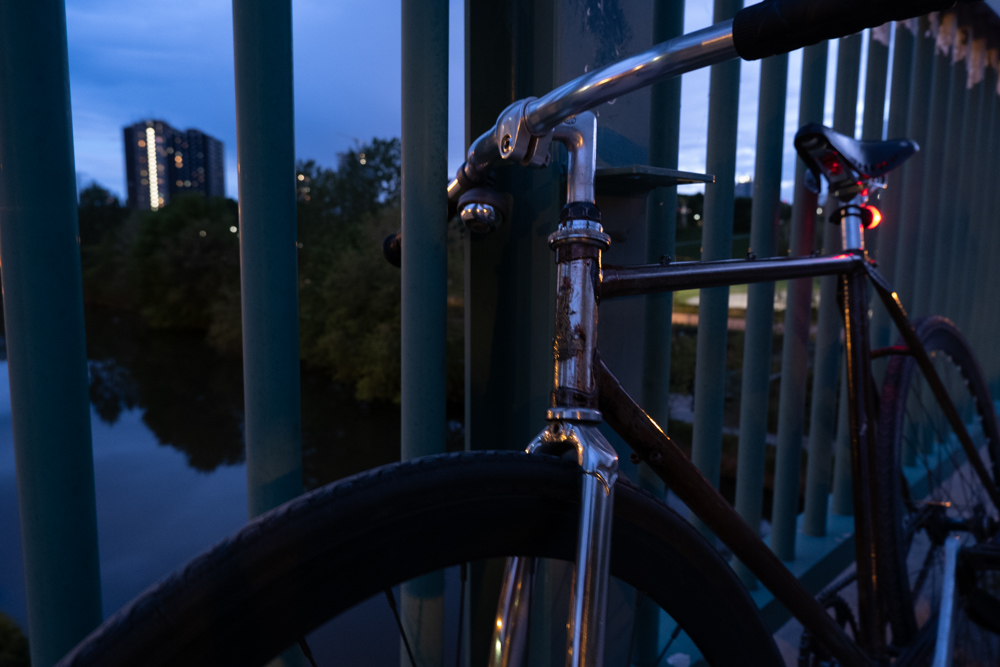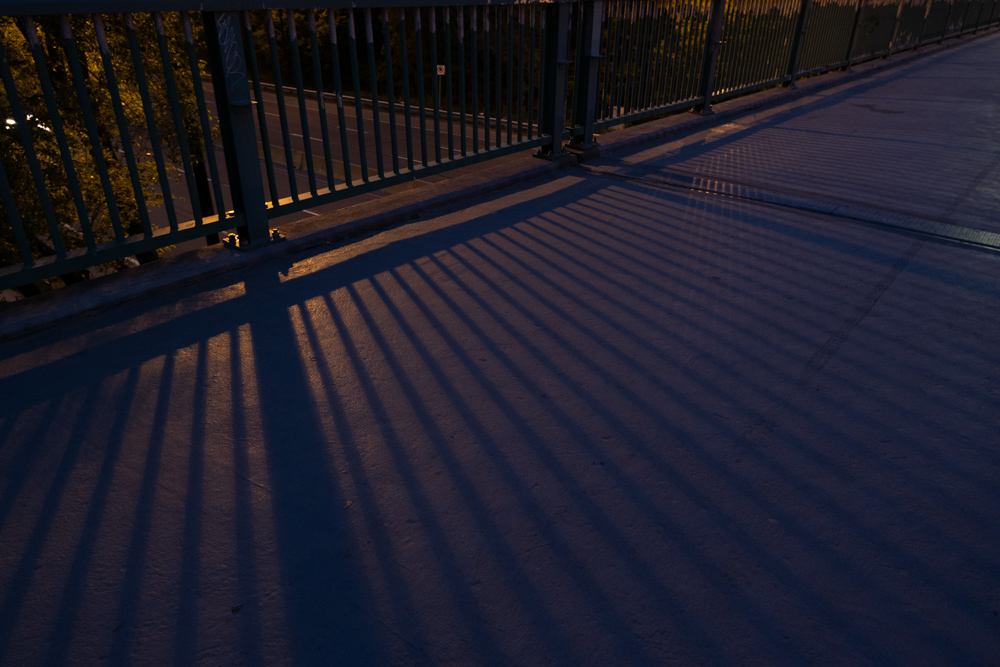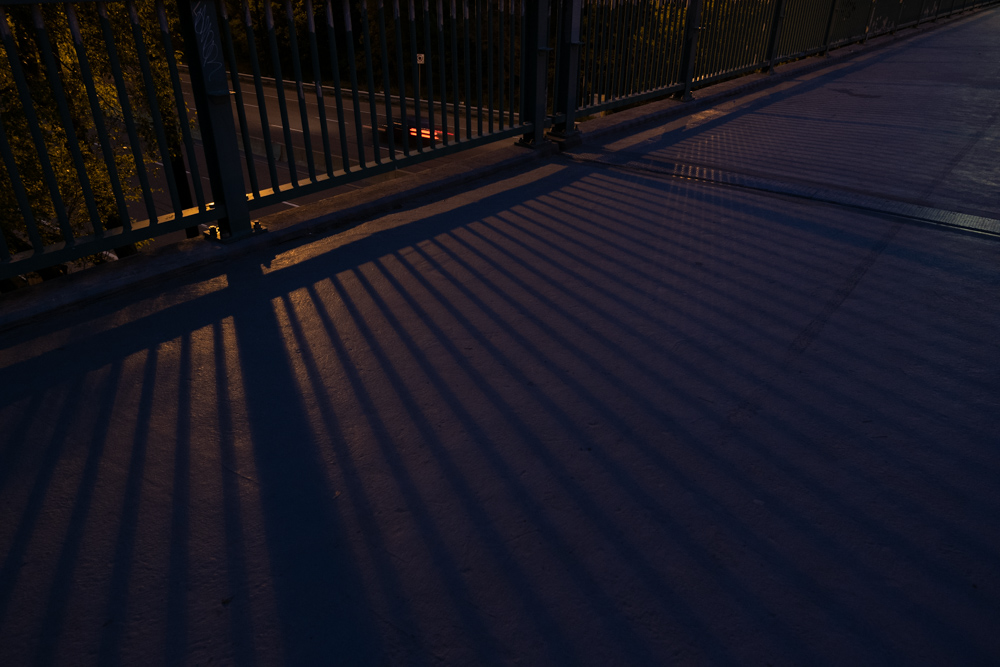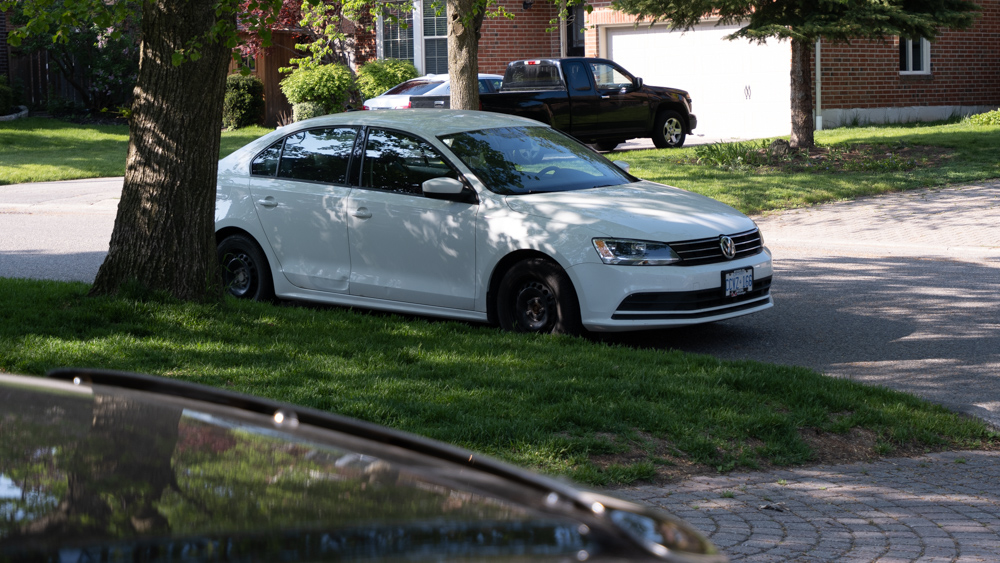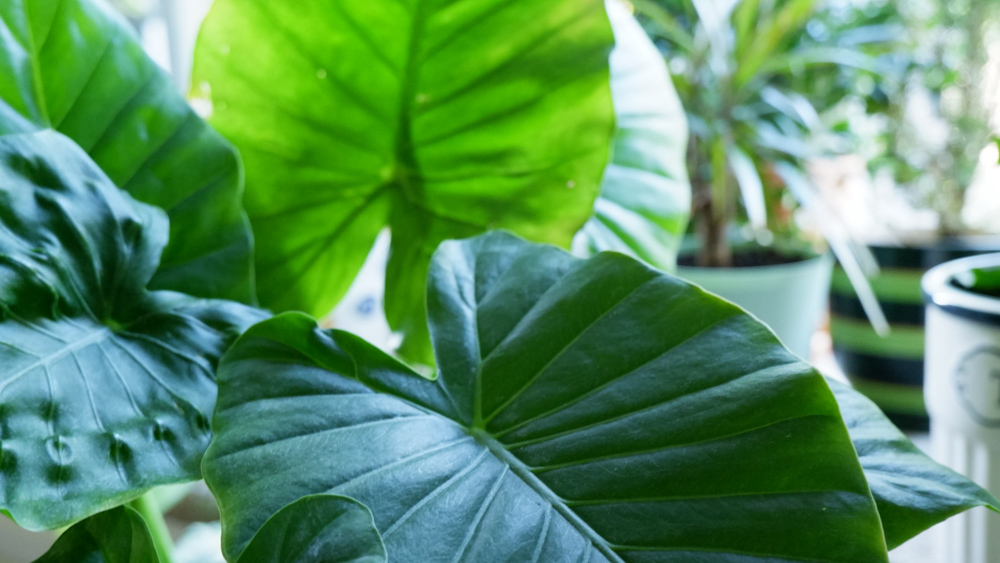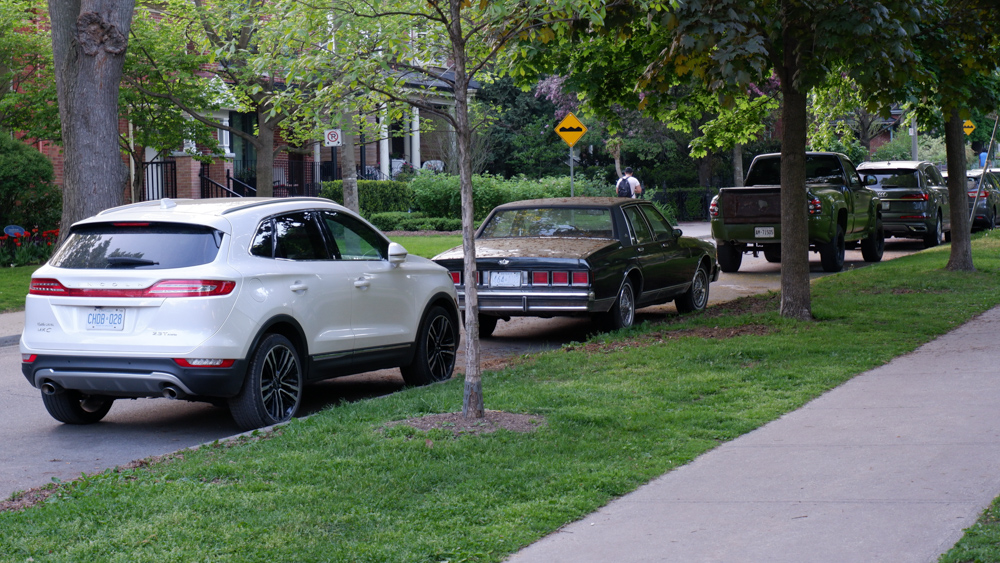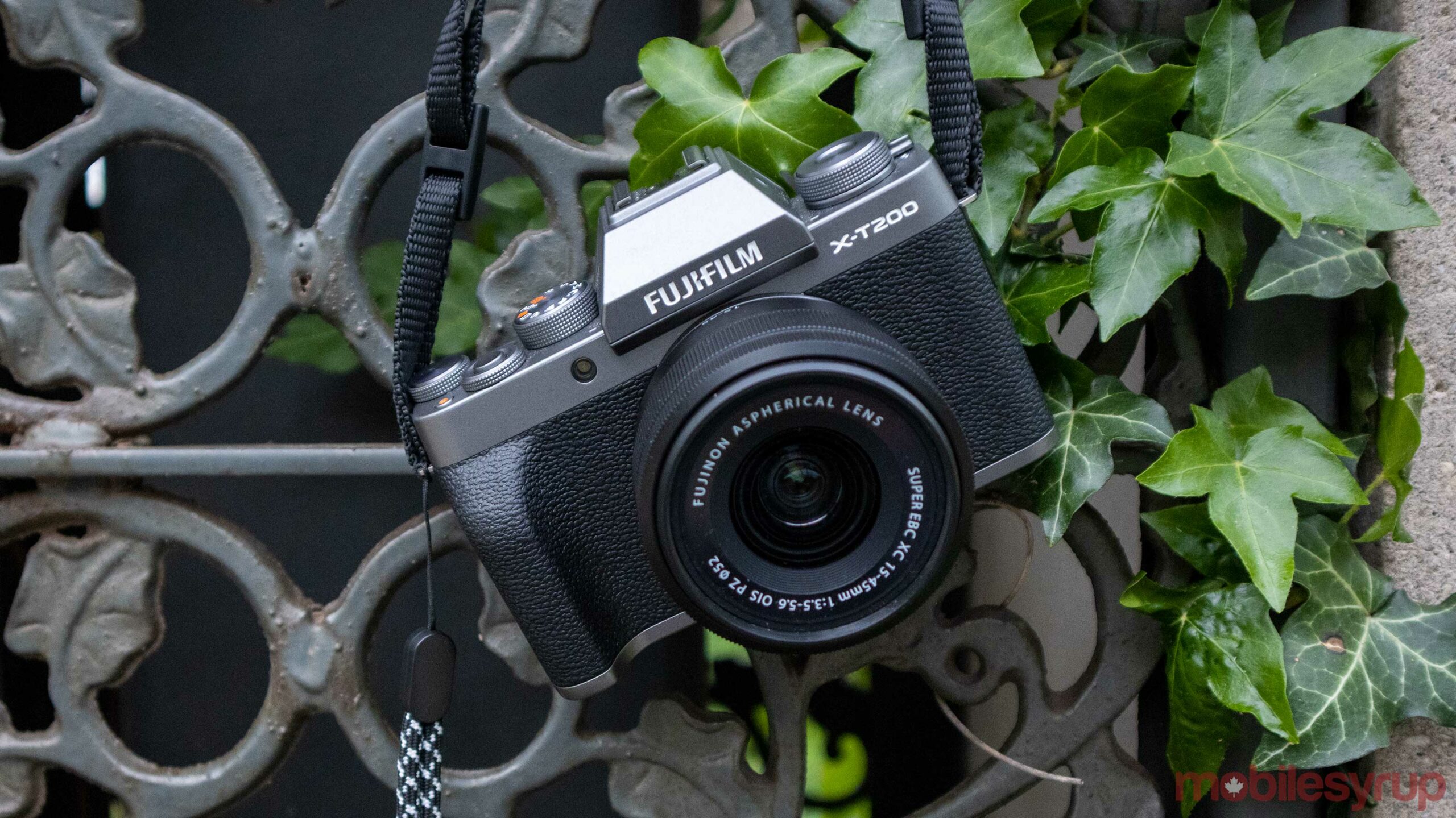
The Pros
- Great pictures
- Large articulating screen
- 4k Video
The Cons
- Power zoom is not ideal
- I wish the battery was better
- Thin dials
If you’re into photography, but you’ve only used a point-and-shoot camera or your phone, a mirrorless camera is the obvious upgrade. However, picking the right camera is a lot less obvious.
In the entry-level price range, there are a few power players, but one of the most well regarded is the Fujifilm XT-200. This is one of the camera manufacturer’s latest models, so it’s packed with great software and hardware considering its moderate $1,000 CAD price tag.
The camera falters a bit when you try to use it to shoot more controlled videos due to the lack of some semi-pro level features like F-log or an exposure lock, but overall, the XT-200 outputs impressive results. On the software side of things, the menus are a little convoluted, but compared to other cameras, it’s moderately on par with the industry.
The X-T200 is a fantastic intro to Fujifilm’s ecosystem and mirrorless photography. Nevertheless, like many cameras priced near $1,000, there are some trade-offs.
It’s a cool looking camera
From a distance, the X-T200 looks delightfully retro, similar to Fujifilm’s other cameras. It also comes in three colours — ‘Silver,’ ‘Dark Silver’ and ‘Champagne Gold’ — with the Dark Silver option matching many other tech devices, like Apple’s ‘Space Grey’ products and the plethora of accessories built to match it.
Beyond the coloured plastic accents, the rest of the camera is covered in a fairly nice textured plastic that’s sturdy to hold. It doesn’t feel like as much of a tactile tool as my old Canon EOS M5, but it still features a nice weight to it that makes it comfortable to hold or to carry around your neck.
The buttons and dials are also all very tactile, though sometimes can feel a bit stiff. The two small dials on the right side of the camera are quite narrow, making it hard to get good thumb traction when you’re trying to adjust the settings with one hand. If these two dials loosen up a bit over time they’ll be fine, but I’m not sure if that will happen.
You can also program the left-most dial and the two blank buttons, which is useful for quickly accessing buried settings.
There is a microphone jack on the camera, but if you want to use headphones to monitor your audio, you’ll need to use the USB-C to 3.5mm AUX adapter included in the box. The camera doesn’t come with a wall charger and instead charges via USB-C like a modern smartphone or laptop. You can buy an external charger and the battery is still swappable, but you just don’t get a traditional camera charger in the box, which could be an issue for some people.
Another great thing about the X-T200 is its massive 3.5-inch LCD screen. It’s fully articulating and allows you to view it from almost every angle when you’re shooting. In terms of quality, it’s super bright and accurate, and even the touch sensitivity works well, though I do wish there were a few more touch focus points. However, I think Fuji really hit it out of the park with the screen.
My only real gripe with the hardware is that I wish it featured metal accents instead of plastic to give it a bit more heft. The X-T200 doesn’t feature any weather sealing, so you will have to be careful to avoid getting it wet.
Taking pictures
Photos are where the X-T200 excels. It’s packed with an APS-C CMOS image sensor that takes 24.2-megapixel images that, to my eyes, look incredibly clear and crisp.
While I was only able to test the camera with the 15-45mm kit lens, it has a minimum aperture of f/3.5 and a maximum of f/22. As long as I didn’t need to zoom in too much, this lens was actually really good and allows for a pretty versatile range of shots.
Once you get the camera turned on, you’ll need to familiarize yourself with Fuji’s shooting interface. For the most part, this is pretty easy to learn. That said, it uses a two-tiered menu system, and I wish the company would have allowed you to customize the first tier. That’s something that I feel with a lot of camera operating systems. I wish there was more customizability and I want the operating system to look a bit more modern looking.
You can find the full RAW images and high-quality Jpegs in a Google Drive folder here. Note, you need to download the RAW images to see them.
However, none of that matters when you pull off a good shot. While I’m not typically the type of person that likes using built-in photo filters, I’m a fan of the Velvia/VIVID filter, and I have it on almost always. Some other fun filters are based on film stocks and look cool, but they’re not for everyday shooting.
Overall, when it comes to picture taking this camera will likely make you really happy. It takes excellent pictures, but it falls short when you start to push it to do more pro-level work like shooting quick shots. Depending on your memory card and photo output size, you can shoot between 4 frames per second (fps) and 8 fps, which is decent, but not amazing.
That’s why I mentioned that people used to point-and-shoot, or cellphone cameras would love this camera. It packs the power of a mirrorless camera with some of the modern conveniences that phones bring into a single package. Yet, it still has a lot of advanced camera controls, so when you learn how to use it, you can get even more performance out of the X-T200.
If you’re a casual shooter, this is a perfect camera to up your photography game.
Video is good but not great
The X-T200’s standard 4k recording is superb. If you’re setting the camera on a tripod in static lighting conditions, it’s going to perform perfectly in most situations.
Much like with photos, when you try to do more advanced things like moving the camera or locking the exposure, you’ll start to run into problems. Some of these issues can be avoided by using HDR and the software gimbal stabilization, but then you’re locked to shooting in 1080p, so it’s a trade-off that you have to be willing to make.
Once again, Fuji’s film simulation filters are useful here and can help your video pop. However, upgrading to the XT-4 or the XT-30, you get access to a broader range of presets that look awesome, including Eterna.
The included kit lens is also not very good for zooming with video. It uses a power zoom, which means a tiny internal motor powers it, resulting in choppy zooms during video. You can resolve this by getting a different lens, but this would have been nice to see from the kit lens.
If you want to film yourself doing something or vlog, the flip around screen is perfect, and its large size makes it easy to line up a frame from a distance. Even the fact that it can flip and tilt at weird angels can help you get some creative shots, which is a lot of fun. That said, there isn’t any in-body image stabilization, so if you’re moving the camera when filming, you’re going to want a gimbal.
While I was able to get really good results in low-light with the camera, working with minimal light like a spotlight in video was trickier to film because I was unable to lock the exposure down. For example, shooting after the sun goes down and there are still street lights and a bit or light in the sky is good, but anything with very inconsistent lighting is hard to capture.
The camera can also get hot after you shoot in 4K for more than 25-minutes continuously. Sometimes it will shut down to cool off and other times it will keep going depending on if it’s in a cool enough area.
Taking a step back it’s easy to say this is a pretty good video camera for a beginner or even someone who is just starting a YouTube channel and maybe doesn’t know a whole lot about shooting video. It can get satisfying results, but as you grow and learn more about videography you might start to run into the Fuji X-T200’s limitations.
Should you buy this?
A great step above a point-and-shoot or smartphone camera
For most people looking to up their photography game and burst into the world of mirrorless cameras, I think the X-T200 is a perfect option. It takes fantastic pictures and video right out of the box, plus it has an attractive form factor.
If you already own a mirrorless camera and are are looking to upgrade, this might be a harder sell. If this is any help, the X-T200 is a way better camera compared to my older Canon EOS M5. However, it doesn't bring many new features to the table outside of the better picture and video quality.
If you take pictures this would probably be a good investment, but if you use it for professional work, I'd recommend stepping up to the X-T30 or the X-T4 to get more performance.
Still, this is an impressive little camera, and if you want to get a mirrorless Fujifilm, this pricepoint for performance is hard to beat.
You can get the Fujifilm X-T200 model with the 15-45mm lens that I used for this review for as low as $1,049 CAD
"For most people looking to up their photography game and burst into the world of mirrorless cameras, I think the X-T200 is a perfect option"
MobileSyrup may earn a commission from purchases made via our links, which helps fund the journalism we provide free on our website. These links do not influence our editorial content. Support us here.


